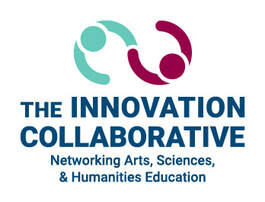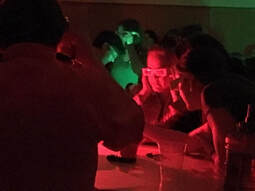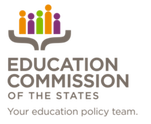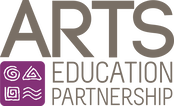|
By Jerry Valdez
In the vast rural and agricultural San Joaquin area of the Central Valley of California you will find the unique SAM. Academy (Science, Art & Music), a community-based ”maker” program located in downtown Sanger, California. The SAM Academy houses a music studio, a STEM Workshop with ample space for up to 40 students at a time, and a mobile STEM program that travels to schools in isolated rural communities. Programs within this youth-focused non-profit are for free or low-cost, creating opportunities for underserved youth to tinker, make, and explore their world through activities embedded with the arts, science, technology, engineering, and mathematics (STEAM). Bins and boxes of wood, plastics, cardboard, and a large variety of materials are available. Tools adorn the walls, hanging on pegboard, and are also stored in rolling tool chests. Scissors, pencils, pens, rulers, glues, and assorted paper are always available to support the ‘making’ of simple to complex projects. Aquariums and life science artifacts are visible throughout and are part of the learning environment. The music studio is busy every day with students streaming in for voice, piano, guitar, or drum lessons. The art studio has become a high-energy space of creativity and innovation for elementary, middle, and high school youth. The environment and culture of the spaces found within have become so inviting and motivating that children immerse themselves with a passion for learning with each new project, activity, or exhibit. Many have become regular participants, and parents visit often to observe or even work alongside their children.
0 Comments
By Juliana Texley Afterschool Programs Step Up as Key Partners in STEM Education. A groundbreaking survey report has documented the clear advantages of afterschool STEM. The report, America after 3 PM: Full STEM Ahead focuses on four of the nation’s largest youth-serving organizations, 4-H, Boys & Girls Clubs of America, Girls Inc., and YMCA, that have recently launched “Imagine Science,” an initiative which aspires to reach millions. The report covers both the expansion of traditional programs and innovative collaborations. According to the survey, a majority of children in afterschool programs in these organizations’ programs are offered STEM learning opportunities. Seven in 10 parents (69%) report that their child is offered STEM learning opportunities in their afterschool program, which equates to approximately seven million children who have access to afterschool STEM. Parents of children from low-income families express higher support for afterschool STEM programs than more affluent parents. Low-income families place a higher emphasis on STEM when selecting their child’s afterschool program. With increasing recognition that STEM is a natural fit for afterschool programs, the report also recognizes a broadened base for evaluating the results of those programs. including not just academic, but social goals. Read more at http://afterschoolalliance.org/AA3PM/STEM.pdf STEM Brief: Arts Improved Our Soft Skills
Reporting at the AWS (Amazon Web Services) Public Sector Summit in Washington in June 2019, six students documented how studying the arts as well as “soft skills” were keys to success in their STEM fields. Courses such as acting help STEM professionals communicate with teams. One key point made: “… humanities courses, most importantly ethics, are key to those looking to enter tech fields so they can ground themselves in understanding how their inventions, research and discoveries will play a role in the world.” Read more at https://www.educationdive.com/news/stem-students-arts-improved-our-soft-skills/557013/ Encouraging Creativity in STEM Class In the July issue of NSTA Reports, Deb Shapiro describes efforts to make STEM topics more engaging, from scientific Haiku to the integration of historical background into college chemistry lessons. The report also provides information on how robotics and physics links can be expanded to provide more relevance for students, and the potential of creative play in STEM. Summarizing one example of an interdisciplinary unit on disease communicability, Gigi Carunungan describes the value of using broadly based contexts for traditional lessons: “Students remember [the content] because it’s emotional. Emotional memory is more powerful than content memory in this case because the students have so much fun.” Read more at: http://static.nsta.org/pdfs/nstareports/nstareports201907.pdf By Andrew Watson
In Washington, D.C., the Kennedy Center’s newly opened REACH Moonshot Studio is a one-of-a kind, drop-in space dedicated to learning through the process of artmaking. Creativity, critical thinking, curiosity, risk-taking, and imagination are essential as visitors of all ages spend time delving into various art forms, exploring stories and themes from the Center’s stages, and creating their own works of art. 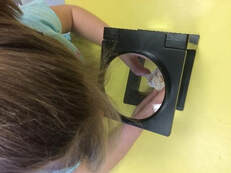 By Kimberly Olson Looking to See is a Donors Choose project based on the integration of Common Core and Next Generation Science Standards into my PK-grade 2 Art and Art History curriculum. Specifically, my goal for this project was to move toward the application of specific grade-level science standards in the areas of biomimicry, light & sound, motion and stability, and Earth's systems. In the project, students recognized the similarities between the design process and the science inquiry process through the use of hands-on art materials, experiments, engineering design challenges, and developing prototypes from sketches and block models. We explored materials collected from nature to develop skills in the areas of contour line drawing, texture, and form, to develop diagrams, and to ponder the intricacies of nature-made "architecture" to inspire our own inventions. Students explored our classroom nature lab in support of honing necessary shared observational skills spanning art and science. 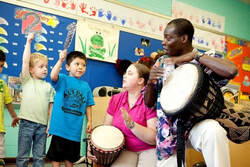 By Jennifer Edelen Early childhood STEM experiences can improve the diversity of students who demonstrate later-in-life involvement with STEM as a field. Engaging a broad range of learners with positive STEM experiences is essential to combating gaps in STEM achievement, an ongoing challenge that has been confirmed in studies, along race, socioeconomic status, and gender. By Ralph Tillinghast
As you canvas the country to identify STEM programs, one of the prevalent activities is robotics teams at the elementary, middle, and high school levels. Although the primary focus of these is STEM, many also incorporate STEAM into their programs. As these programs expand schools find that they need to work with all of the school departments, including visual art, graphic design, and business. Some of the teams even form subcommittees related to graphic design, t-shirts, marketing, for fundraising, team spirit, and promotional materials. A good example of this is a Flanders, New Jersey team known as MORT. Team Mort has had a long history in robotics competitions, fielding robots since 1996. Over the years, they've added a junior varsity team, MORT Beta. Combined, the teams have 130 students. The MORT teams have adopted the sub-committee model, having groups for programming, electrical, mechanical, business, marketing, and travel. Each year, the marketing team develops multiple t-shirts, stickers, and other marketing to use for fundraising and for lifting the team spirit during competitions at both their JV and Varsity levels. A quick scan of the Internet will lead you to a wide range of creative logo and t-shirt designs from other robotics teams from throughout the country. This creative application of marketing and graphics demonstrates how the arts can easily be integrated into STEM to build a more holistic systems approach to solving problems in multiple subject areas and broaden student learning at the same time. Ralph Tillinghast is a Collaborative member and is Lab Director, Collaboration Innovation Lab, US Army. STEAM Collaboration: National Art Education Association and the University of Alaska-Fairbanks12/18/2019 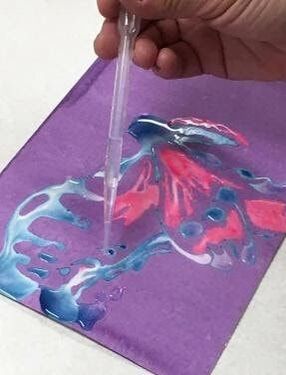 By Bob Reeker The National Art Education Association (NAEA), in collaboration with the University of Alaska-Fairbanks and the National Science Foundation, hosted its first of four STEAM workshops for educators on April 26-27, 2019, in Lincoln, Nebraska. Twenty-five educators from five states, in the fields of science, higher education, elementary academic classroom, community arts, and visual arts gathered for the two-day training that investigated a series of five units to explore with students. These investigations included paper marblizing, beet paper painting, red/blue/green light variations, animal habitats and coverings, and the use of ultraviolet light. Attendees received $200 in supplies to use towards STEAM investigations in their learning environments. On-line college credit was also available following the workshop. Dennis Inhulsen, NAEA Chief Learning Officer; Lorinda Rice, Lincoln Public Schools Art Consultant and NAEA Supervision and Administration Division Director, and Bob Reeker, Lincoln Public Schools art specialist and NAEA Western Region Vice President, hosted the event. The Fall, 2019, STEAM Workshop was in the Pacific Region in Provo, Utah, with workshops scheduled spring, 2020, in the Eastern Region and fall, 2020, in the Southeastern Region. Bob Reeker is the NAEA Western Region Vice President By Mary Dell’Erba
STEM Education has captured the attention of state policymakers who are concerned about preparing students for an evolving workforce. By 2030, the Institute for the Future estimates that 85 percent of the jobs that today’s K-12 learners will be doing haven’t been invented — demanding a workforce that is creative and prepared to respond innovatively to real-world problems. Thanks to generous support from the National Endowment for the Arts and the U.S. Department of Education, the Arts Education Partnership (a member of the Innovation Collaborative) has been expanding its work to explore the role of the arts in STEM. Since 2018, AEP has been exploring opportunities for STEAM in state and federal policy, and across the K-12 and higher education spectrums. 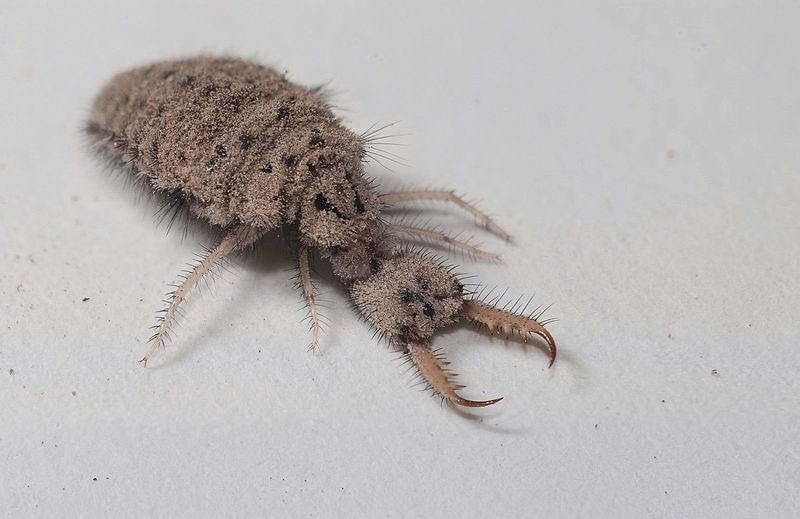 Here is a fascinating story of how curiosity led to the development of the inquiry process and a network of science education centers in national governments across sub-Saharan Africa. It is due, in large part, to the leadership and expertise of one of the Collaborative’s Research Thought Leaders, Hubert Dyasi, Ph.D. Curiosity What does curiosity have to do with the development of the inquiry process and a network of science education centers in national education departments throughout sub-Saharan Africa? One of the Collaborative’s Research Thought Leaders, Hubert Dyasi, Ph.D., originally from South Africa, and who was instrumental in developing the inquiry process and in setting up these centers, shares his experiences and insights. 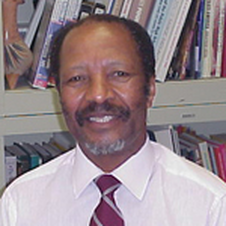 Interview by Lucinda Presley The Collaborative’s Research Thought Leaders help provide the strong foundation upon which the Collaborative’s work rests. Each Thought Leader is nationally and internationally recognized in his/her own field and brings an extensive depth of experience and expertise. They also are adept at working across disciplines. A Thought Leader and their work are featured in each Collaborative newsletter. In this issue, we visit with Hubert Dyasi, Ph.D., whose research in the teaching and learning of science, including the inquiry process, helps inform the work of the Collaborative. Hubert—now retired—was a professor of science education at the City College, City University of New York (CUNY). He is widely known for his teaching of science in pre-college education in the United States and Africa (see the “Curiosity Leads to Science Education Centers across Africa” article elsewhere in this newsletter) 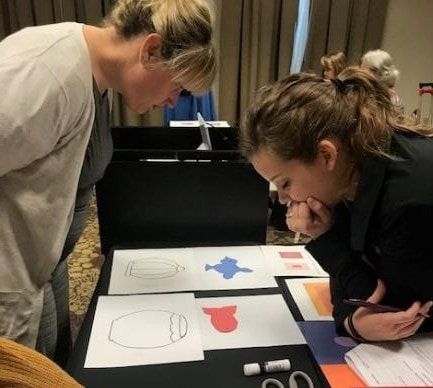 The Innovation Collaborative has received an additional National Endowment for the Arts Art Works grant of $10,000 during the 2019-20 school year. With this grant, it will study dissemination methods for sharing its effective practices in K-12 STEAM teacher professional development and classroom practices with the arts, STEM, and humanities fields. With NEA support, the Collaborative has studied these effective practices for the previous 2 years. Also, with NEA support, the Collaborative, in partnership with the National Writing Project, was able to convene its Research Thought Leaders in DC to initially strategize the underpinning for this work. The Collaborative is now ready to implement these practices on a broader scale. To do that, it developed a model for gaining school administrative support and dissemination. It convened in Houston, TX, its Innovation Fellows, the top teachers identified in its first round of research, and partner administrators. The Fellows, who have been developed as teacher leaders, will train their administrators in the Collaborative’s Rubrics, strategies, and thinking skills. Both Fellows and administrators will then help develop strategies to study models of all virtual vs. a hybrid of in-person and virtual professional development dissemination. Fellows and administrators, along with selected other administrators, will begin dissemination on their campuses or in their districts, recruiting other teachers to participate. Through this, the Collaborative will study the most effective methods and strategies for dissemination. In the process, the Collaborative’s research-based Rubrics and strategies will be made available for the arts, STEM, and humanities fields. In reflecting on this NEA grant, Collaborative Board Chair Lucinda Presley commented, “We continue to be especially grateful to the National Endowment for the Arts for its support of the Collaborative’s work. It is through NEA support that the Collaborative is able to develop a strong, research-based foundation for the rapidly-growing STEAM movement.” 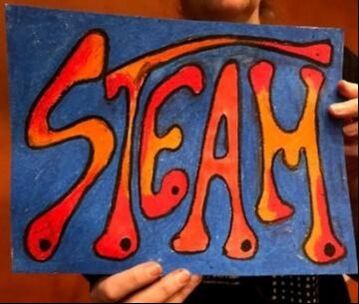 Artwork created in Fellows’ training that becomes 3D when viewed with diffraction grating glasses Artwork created in Fellows’ training that becomes 3D when viewed with diffraction grating glasses In Phase 2 of its 2015-16 K-12 Effective Practices Research Project (2015-16), made possible with support from the National Endowment for the Arts, the Collaborative identified 10 teachers nationally who most closely met its Effective Practices criteria. These criteria include problem-solving, analysis, synthesis, and processing skills across disciplines, in addition to life skills such as persistence and collaboration. These educators were designated Innovation Fellows and are being trained as teacher-leaders, with support from NEA funding. They completed their 3rd year in the Collaborative’s K-12 Effective Practices Project in May, 2019, helping to lead the project’s conceptualization, development, and implementation. Since their involvement with the project, 100% of the teachers have received significant professional recognition. They credit the Collaborative for helping foster these successes. These recognitions include:
|
